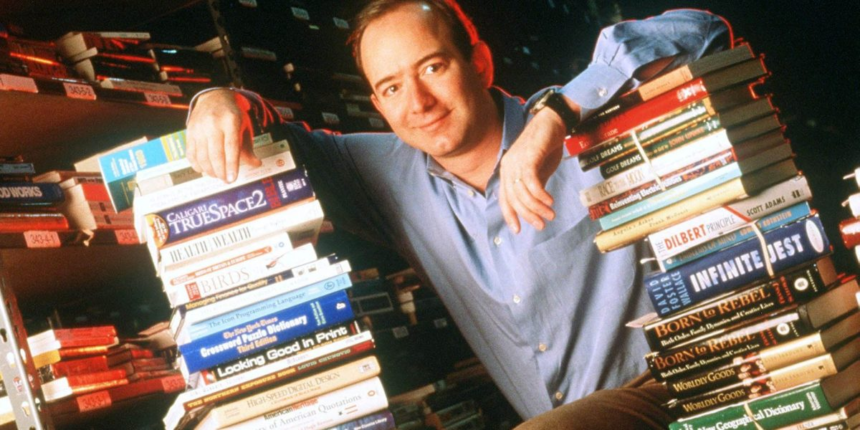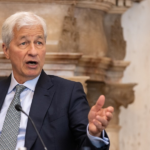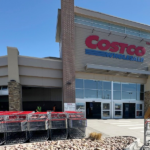By the late 1990s, Amazon had expanded beyond books, adding music, movies, and eventually a dizzying array of products. The company’s relentless focus on customer experience—fast shipping, low prices, and an ever-expanding selection—set it apart from competitors. Amazon weathered the dot-com crash, outlasted rivals, and continued to innovate, launching services such as Amazon Prime, Kindle, and Amazon Web Services (AWS), reflecting Amazon’s shift from single-product retailer to platform.
By opening the site to third-party sellers and launching AWS, Amazon became not merely a merchant, but an infrastructure for global commerce and cloud computing. AWS, in particular, is a case study in internal capabilities repurposed into external market offerings—a move that helped reshaped the economics of the internet itself. Amazon’s relentless drive turned it into something approaching a utility.
Amazon’s true moat may be neither retail nor cloud computing per se—but its ability to seamlessly integrate physical and digital services into a single, adaptive operating system. It is working under Bezos’ successor Andy Jassy to add AI-driven services to the portfolio. It is relentless.
For this story, Fortune used generative AI to help with an initial draft. An editor verified the accuracy of the information before publishing.









